All Blogs, Food, Pizza Ovens
The Ultimate Guide to Perfect Pizza Dough: Tips and Tricks for Beginners
Welcome to The Pizza Oven Shop’s Ultimate Guide to Perfect Pizza Dough! Making the perfect pizza dough is the most important step towards achieving that mouthwatering, restaurant-quality pizza that will have your guests coming back for more. If you’re relatively new to the world of making pizza, perhaps you’ve just bought your first pizza oven, you might well have used a readymade dough to get you started. Although that’s totally fine, it’s natural as you become more experienced and confident with using your pizza oven, that you’ll want to have a hand in making every element of the pizza yourself, and mastering the art of making dough can elevate your pizza game to new heights.
In this guide, we’ll delve into the fundamental principles of pizza dough and give you some practical tips to make the journey a little easier, as well as the common pitfalls to avoid. From selecting the correct flour to perfecting the techniques of mixing, kneading, and stretching, we’re here to give you with the knowledge to create dough that’s light, airy, and bursting with flavour.
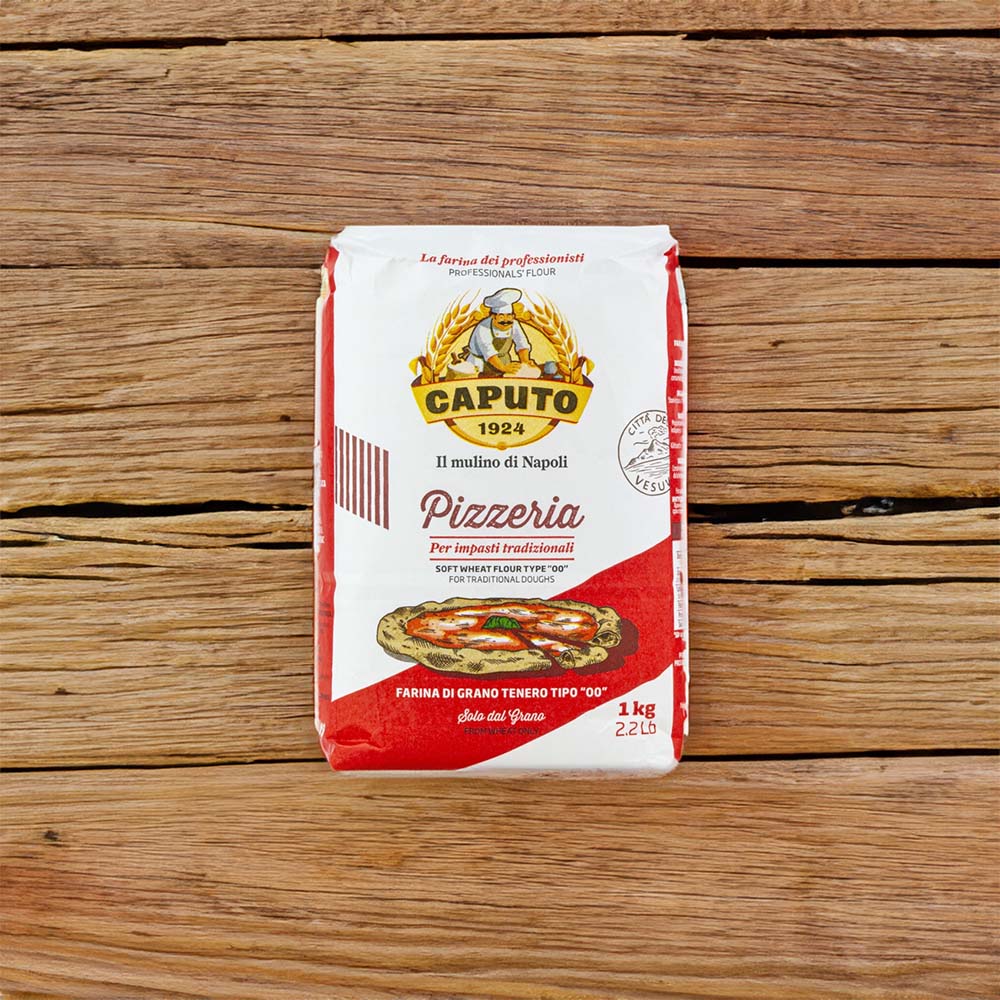
1. Ensure you use the correct flour
Flour is flour, right?! Wrong! For example, the ideal flour for a Focaccia Pizza Dough is all purpose flour, but for a classic Neapolitan Pizza, you’ll need ‘00’ flour. Its finely ground texture produces a soft, elastic dough that bakes into a thin, chewy crust. With its high protein content and low gluten development, ‘00’ flour is the key to achieving that perfect Neapolitan pizza texture and flavour. We recommend using Caputo Pizzeria flour which you can purchase over in our Groceries section.
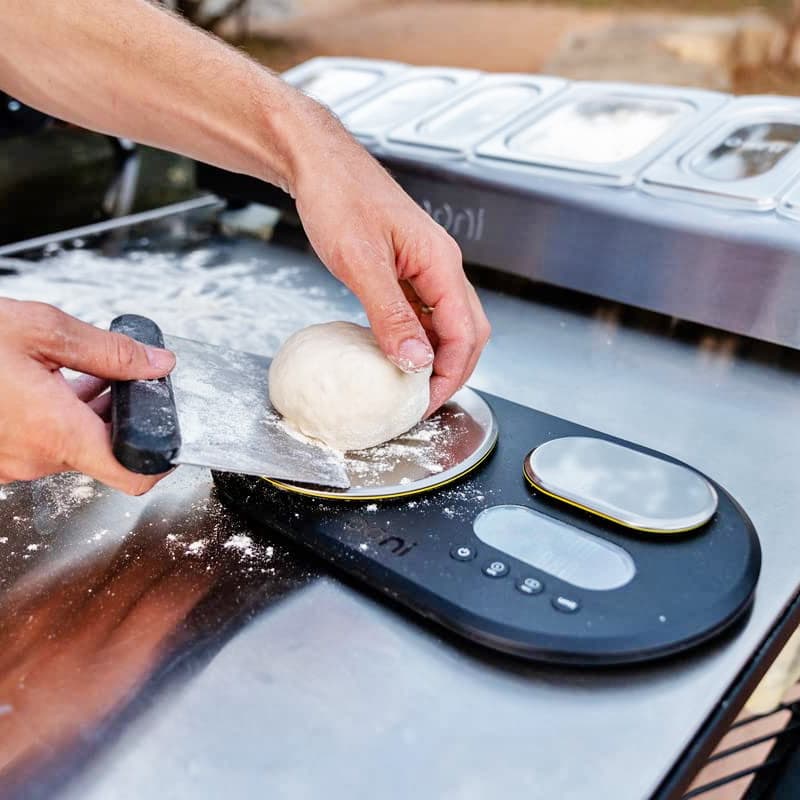
2. Use weighing scales
Perfect pizza dough is an exact science, so it’s vital that each ingredient is measured out perfectly, especially the flour. The reason is that flour is compressible, so if you’re measuring out using a cup or bowl, it’s not always guaranteed you’re getting the correct amount for your recipe. Get the flour on the scales and you can’t go wrong!
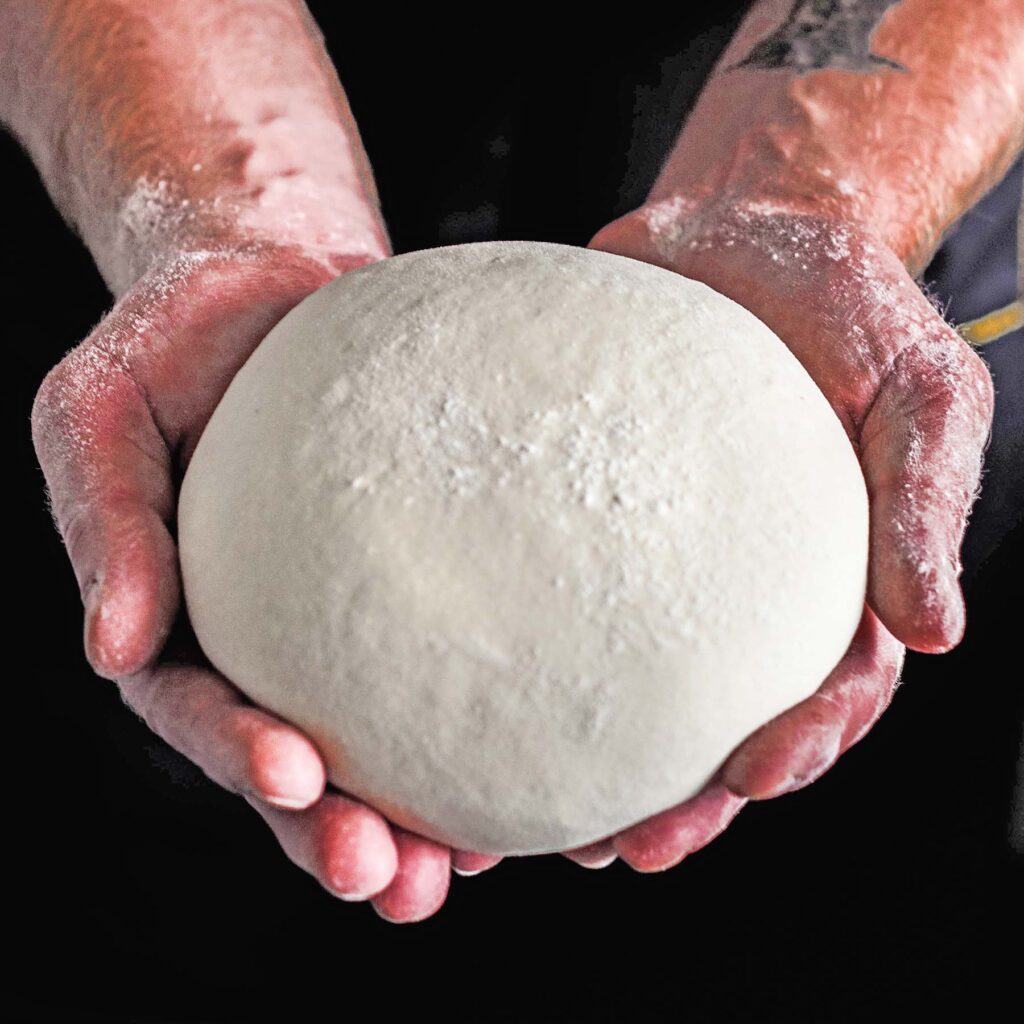
3. You don’t need fancy equipment
Don’t let not having a stand mixer or food processor put you off from making your own pizza dough. After all, the Italian mammas in the 1800’s didn’t have them! You can still make top quality pizza dough without any fancy equipment. Simply mix all the ingredients, then cover the bowl with clingfilm and allow the dough to rest overnight.
The following day, you’ll have dough ready for shaping, proofing, and stretching. This approach, requiring only one bowl and minimal clean-up operation, is the old-school method for making dough!

4. Use cold water
One of the secrets to top quality dough is in the fermentation period. The slower the dough ferments, the slower the carbon-dioxide produces, resulting in a lighter, more aerated texture to your pizza.
We recommend you use cold water, but not ice cold, when making your dough for the best results.
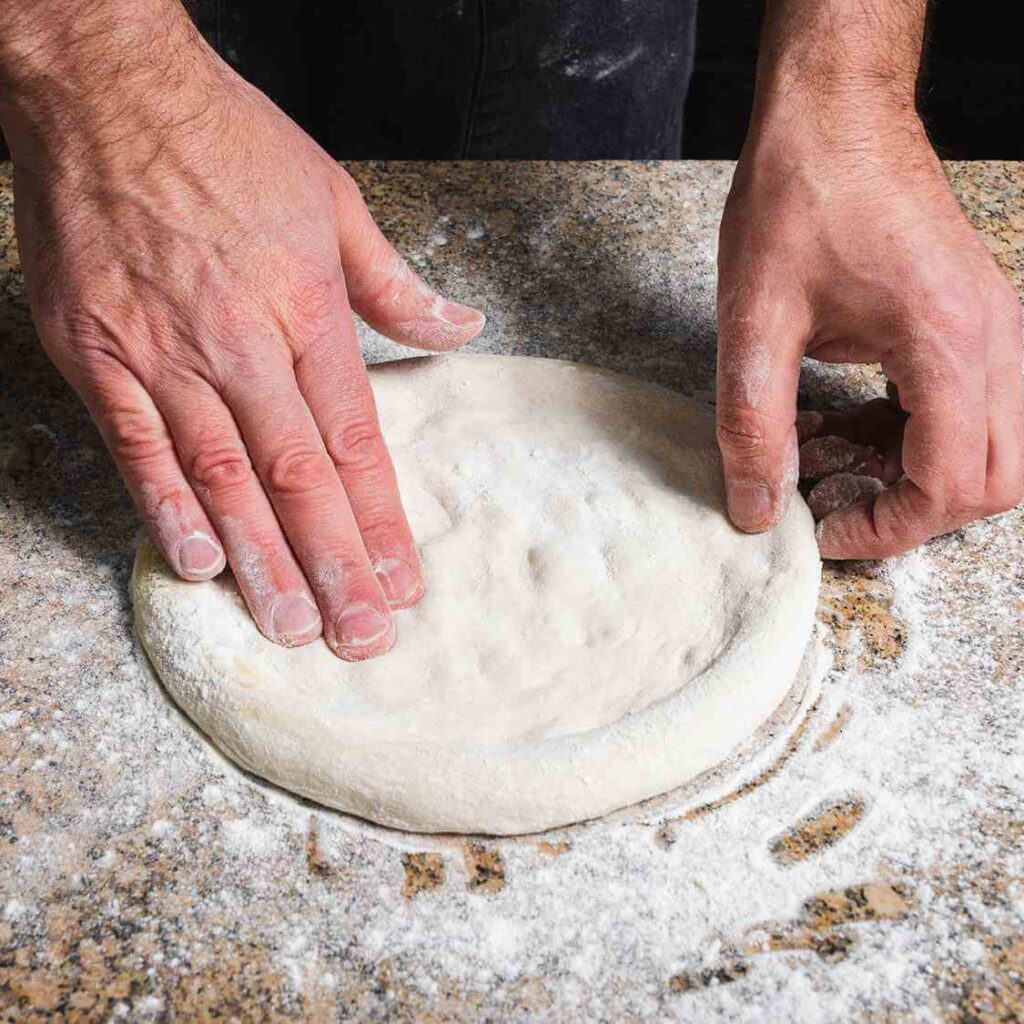
5. Don’t be shy with the salt
This tip might not be popular with those who actively try to avoid salt in their diets, but for the purpose of making the best pizza dough possible, it’s important not to skimp on the salt. The reason behind this is similar to that of above, the fact that the more salt in the mix, the slower the fermentation process.
Of course, this doesn’t mean go totally mad with the quantity of salt you include but stick to whichever recipe you’re following and don’t reduce or omit the salt completely.
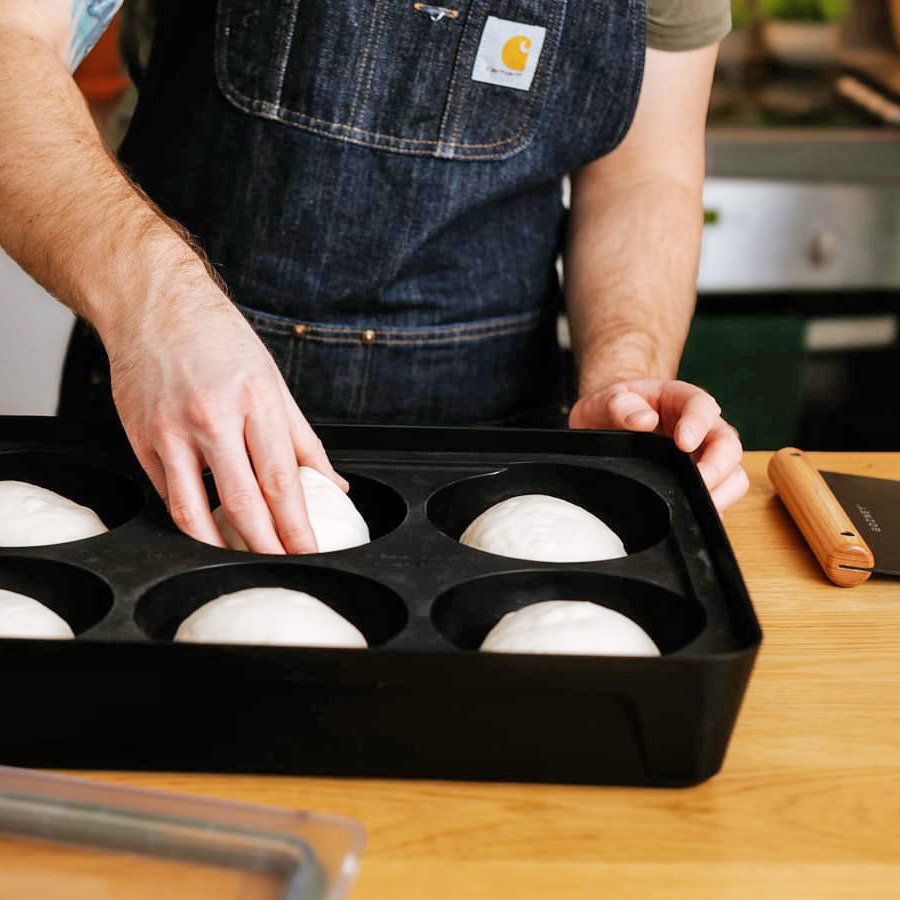
6. Olive oil is your friend
We all know Italian’s love their olive oil, but not just for its incredible taste. Yes, your dough recipe will include it as part of the mix, but you can also add a little olive oil to your hands and spatula when you’re getting the dough out of the mixer or bowl.
This helps all the dough drop away from the bowl without leaving any remnants behind, but it also makes it easier to handle so you don’t end up with dough sticking to your hands.
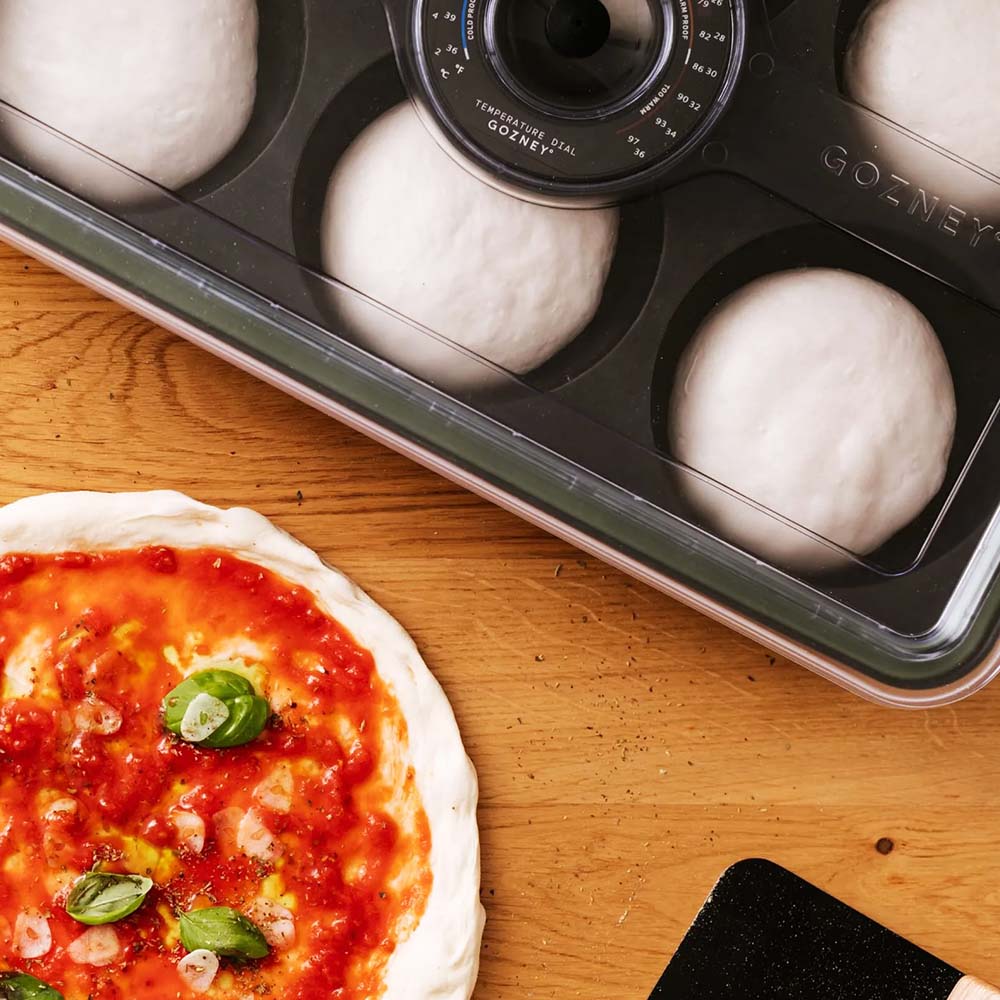
7. Don’t leave the dough ‘open’
A common mistake made when making dough for the first time is leaving it ‘open’. This means leaving it uncovered for a period of time, whether that’s while you take a break or are reading the next step of the method. If you leave the dough uncovered and exposed to the air, it will form a crust very quickly.
To revive your dough if a crust does form, you can pat a very small amount of water over the dough, cover with clingfilm and leave it for a few minutes.
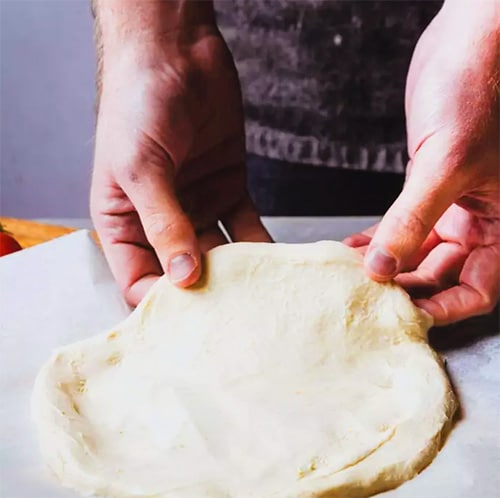
8. Don’t be tempted to add more flour when shaping and stretching
When it’s time to shape your dough into balls, it can be tempting to add flour to the working surface. Similarly, when stretching your dough, don’t add too much flour to the worktop.
Adding more flour essentially changes the recipe and therefore the composition of the dough which alters the hydration level.

9. Let the dough balls rest
It’s important not to use the dough balls straight after you’ve balled them. Let them rest for at least 30 minutes in order for them to relax and further ferment.
Also, if you refrigerate the dough balls for use at a later time, let them rest and come up to room temperature before you use them. Never use dough straight from the fridge.
Conclusion
So, there we have it, some practical tips for you for when you try making pizza dough for the first time. One of the most important things to remember is that it’s totally okay to make mistakes! Nobody making dough for the first time got it right on the first go, and every mistake you make you’ll learn from for next time. If you want any advice on which pizza oven is right for you, visit the shop section of our website here.



